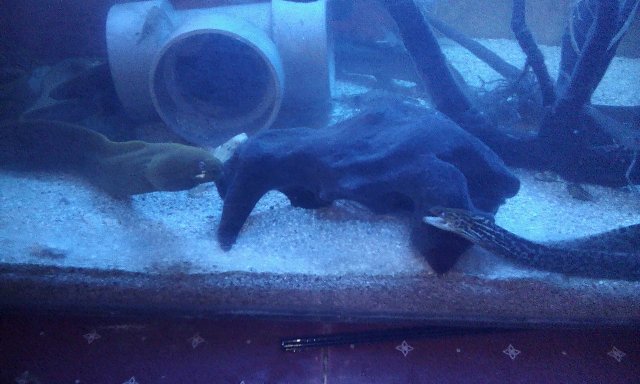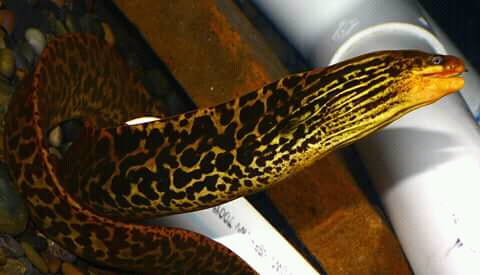Hello everyone, new to the forum, and certainly new to these fish. Anyone have experience? I'm looking for a an interesting fish for a planted aquarium, one that will hide in a tube the majority of the time. There's a seller that has these listed as:
"found in true freshwater to slightly brackish environments. Growth rates and coloration seem to improve with the addition of marine salt to less <5%. 81% of the collection records are from 100% freshwater with the remaining collections in estuaries with less than 5% salinity."
But after some quick google searches, most people are saying they are only temporarily freshwater, and ultimately need a decent amount of salinity. Also, after watching some youtube videos of "freshwater" moray eels, all of their colors are very faded, and pathetic looking in general. I'm assuming these are being kept in entirely freshwater aquariums. So, does anyone have any experience with these? What salinity do you keep them in? What size tank?
A picture from their website:
^ that coloring is absolutely gorgeous. I have not seen anything close to that in FW aquariums.








